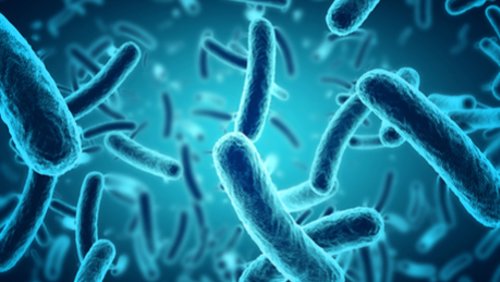
News
Lactobacillus Genus Name Change
Why were bacteria in the genus Lactobacillus renamed?
Lactobacillus bacteria have been recognised for their central role in human health, animal health and food production for several decades. In 2020, scientists came together to reclassify the over 260 species of bacteria in the Lactobacillus genus. Since the introduction of genome sequencing and other modern methods to categorise bacteria, there has been a requirement for new descriptions for new groups of organisms, new taxa1.
The new groups categorise bacteria based on similarities and will help scientists to better understand common mechanisms and how they interact with human physiology. Bacteria in the Lactobacillus genus were reassigned into 25 separate genera, still retaining the species name for consistency. The Lactobacillus genera contained many important probiotic bacteria. In the new genera, almost all of the Lactobacillus bacteria will still start with an ‘L’ so that it is easy to recognise the abbreviated names.

An example of Lactobacillus reclassification
The bacterial species Lactobacillus casei was reclassified as Lacticaseibacillus casei.
A useful website tool has been developed to help learn the new names http://lactotax.embl.de/wuyts/lactotax/
When we look more closely at the new Lacticaseibacillus genus name, there are similarities in the main phenotypic properties in this genus. Along with other Lactobacillus species, Lacticaseibacillus are rod-shaped (bacillus) and linked to milk (lac) and cheese (casei), often being used as a starter culture in food production (fermenting milk). These bacteria are homofermenters because they mainly produce lactic acid as they ferment sugars during growth. They are acid tolerant so that they can tolerate the low pH caused by their lactic acid production. Some specific strains, like Lacticaseibacillus paracasei Shirota are well-researched with hundreds of peer-reviewed publications.
Does the name change have implications for different groups of professionals and the public?
In short, no. The science supporting the use of specific strains for health benefits is the same. However, healthcare professionals should be aware that the names of bacteria have changed when they read new research. For consumers, the prefix still remains ‘L’, therefore product labelling and the content of products will remain the same.
In probiotic research, the change in name will mean more robust phylogenetic grouping of Lactobacillus strains into groups more closely related by genetics and function. This will support scientists in extrapolating from other members of the group for more targeted research to determine mechanisms and identifying benefits of bacteria.
This article is based on a section of our new microbiology Skills Series resource written by Dr Karen Scott, a Senior Research Fellow at The Rowett Institute, University of Aberdeen and Dr Bruno Pot, Director of Science at Yakult Europe.
Our new Skills Series resource will be available soon to support healthcare professionals and early careers researchers with key concepts in gut microbiota and microbiology research. To hear about our new resources and educational events first, sign up to our newsletter https://www.hcp.yakult.co.uk/user-register.
References
1. ISAPP New Names for Important Probiotic Lactobacillus Species https://isappscience.org/new-names-for-important-probiotic-lactobacillus-species/
2 Lactotax. http://lactotax.embl.de/wuyts/lactotax/